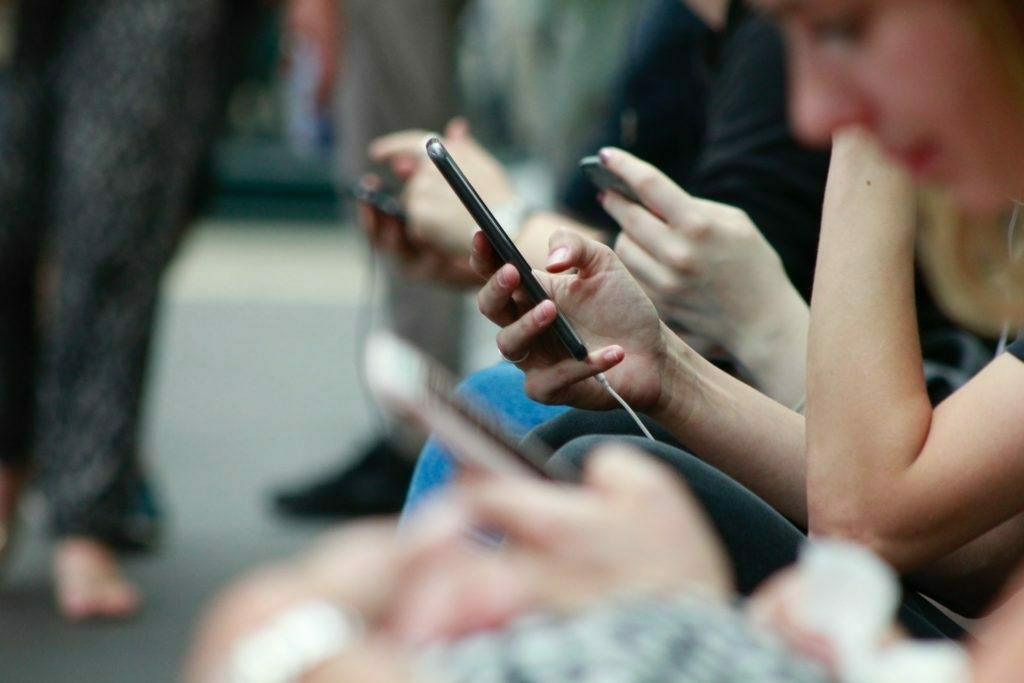The new digital divide
We’re already at the stage where most people in the developed world have a device that can access the internet in their pocket. Many families have multiple devices in their house that can access the internet. We’re getting to the stage where that’s starting to be the case in developing countries.
So the new digital divide? How we use the internet. I think there’s a lot to unpack here, especially as we live in unequal societies dominated by hyper-capitalism. It would be easy to victim blame, but I know from experience that when I’m burned out, all I want to do is stare and scroll at my phone…
In his seminar, Moro referred to the socio-economic divide based on how we use the internet as the second digital divide, in contrast to the original digital divide which was based on access to the internet.Source: The Digital Divide in How We Use the Internet | Irving Wladawsky-BergerGetting online in the 1990s required a personal computer and an account with a service provider, and e-commerce transactions required a credit card and bank account. As our economy was becoming increasingly digital, major new inequalities were now arising because so many around the world could neither afford a PC or an internet account and had no bank relationship or credit card. The reach and connectivity we were all so excited about in this initial phase of the internet era was in reality not so inclusive. While the internet was truly empowering for those with the means to use it, it led to a growing digital divide both within countries and across the world. The internet was ushering a global digital revolution, but it was disconcerting to have a global digital revolution that left out the majority of the world’s population.
This picture started to change in the 2000s. Continuing technology advances were now bringing the empowerment benefits of the digital revolution to a majority of the planet’s population. Mobile phones and wireless internet access went from a luxury to a necessity that most everyone could now afford, initially in advanced economies, and later in most of the rest of the world. We were transitioning from the connected economy of PCs, browsers and web servers to an increasingly hyperconnected digital economy of ubiquitous, powerful and inexpensive mobile devices, cloud-based apps, and broadband wireless networks.
While the original internet access gap is now minimal in developed economies, Moro and his collaborators found that a digital usage gap has now emerged, representing the distinct uses of the internet by different socio-economic groups based primarily on their income and educational status.
[…]
The study found quantitative evidence of a significant digital divide in internet usage between two socio-economic groups, each with different income and educational attainment. In principle, all individuals had access to the same internet. But, the study found that each group generally accessed its own distinct version of the internet, and their socio-economic behavior was thus influenced by the fairly different services and information that they were exposed to. By analyzing mobile traffic flows, the study identified the key services that each group accessed:
“The digital usage gap is so profound between low- and high-income or low- or high-education areas that it can be used to clearly distinguish between them or even identify the relative composition of these groups in a given area,” wrote the authors. “High-income areas or those with higher education attainability show a more pronounced utilization of mobile devices to consume news, exchange e-mails, search for information or listen to music. At the same time, they display a reduced use of some social media platforms or video-streaming services.
- Higher income & education demographics - Information-seeking traffic predominates, e.g., news, mail, search; Instagram, WhatsApp and Twitter are the dominant social media apps; games like Clash of Clans are the most widely used, …
- Lower income & education demographics - Entertainment traffic predominates, e.g., video-streaming, gaming, adult services; Facebook and Snapchat are the dominant social media apps; games like Candy Crush are the most widely used, …
Image source: Robin Worrall
